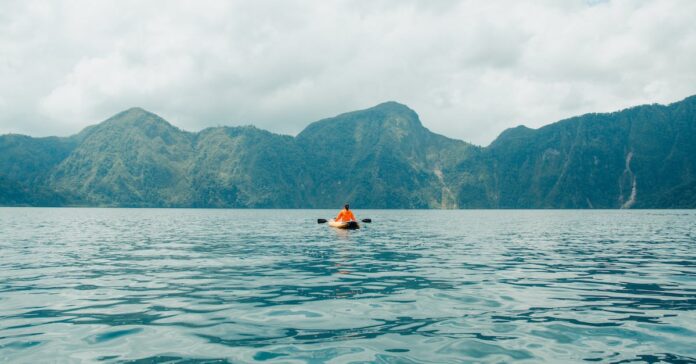Implement tips so that you can become a better photographer. If you learn as much as you can, you will be better able to avoid mistakes and missing important shots.
One of the best ways for you to learn about photography is to study examples of how to hold your camera and work your subject during photo shoots. In addition, you can talk to someone who has been in photography for a long time to gain valuable insight on your craft.
Framing the subject in a photo is very important. Zoom in on your subject and eliminate any surrounding distractions. This will unclutter the photograph as well as eliminating unnecessary focal points.
The “S” stands for shutter speed. Use low shutter speed to get sharp pictures when capturing moving objects. Set the shutter speed to higher speeds for creating a more experimental picture. This is a cool feature to use when getting photos of fireworks or tail lights on a car. It is an easy way to get artistic features in your photos.
Use a polarizing lens filter on your camera to minimize glare from direct sunlight and to create an even distribution of light. This is essential when shooting in direct sunlight, but also can be beneficial in any lighting situation. Think of polarizing lens filters as sunglasses for your camera. They are inexpensive, easy to attach and have the added benefit of protecting your expensive lenses from scratches.
Make use of the instant feedback you get from a digital camera. The screen on your digital camera can show you the basics of how your photo came out the instant you snap the shot. Learn from your mistakes and take another shot, there’s no need to wait for your prints anymore.
It is important to find the perfect combination between ISO, aperture and shutter speed. Your photo’s exposure is dictated by these three settings, taken together. Unless you are trying to achieve a certain off-kilter look, an over- or underexposed picture is considered undesirable. Have a play with these features and the changes they can make to your photos until you discover what combination of the three you like the best.
Take the time to improve the sharpness of your shots by adding a key piece of photographic equipment to your arsenal. This would be a tripod. This will hold your camera steady, unlike your hands, and will be an effective way to ensure that you take clear, sharp, shots of your subjects.
Play with lens distortion. Most photographs use portrait lenses or zoom lenses to focus on an object, and use a wide-angle lens for landscapes and such. By using a lens for a different use than its intended one, you will get a very original photograph. Do not let this become your style: learn when you can use an original lens.
Lighting is one of the most important considerations when taking pictures. Choose a time when the sun remains lower in the sky, such as the morning or the afternoon. When it is too bright, or the sun is high in the sky, it casts unnatural shadows and your subjects will squint into the camera because the light is so strong. Utilize sunlight to the best of your ability by setting up your subject in a way that the sunlight hits them from the side.
Although counter-intuitive, wearing white in a photograph is actually a terrible idea. The majority of cameras use auto-focus, meaning that they will automatically make adjustments based on the various colors, shades and tones in an image. White clothing usually looks washed out in these pictures.
Try to avoid setting your digital camera to the lowest settings in order to fit more photos on the camera because you will sacrifice print quality. Only use the lowest image quality settings if you are completely sure that the images will only be viewed on a computer monitor.
When setting up a photograph, ask yourself what exactly you want the picture to show and convey. Is it a child, a snowy mountain, the beach? Use this information to choose where to place our subject in the picture, what pose to use and how you use the light.
When taking pictures with your camera avoid any unnatural cropping. It looks sloppy or strange when pieces of heads, entire heads, hands or feet are cut off. Remember photos should include the subjects main features.
Know about film speeds when you are trying to take the best pictures. Faster film speeds tend to be grainier, and less focused, than slower speed film. Slower speed film needs much more light to take good shots. 400 speed film is good multipurpose film while slower speeds are better for composed images.
Becoming a better photographer is not as hard as it might seem. As long as you’re willing to practice, research, and work to improve, you’ll get better. The time spent developing your photography skills will payoff in the future.

